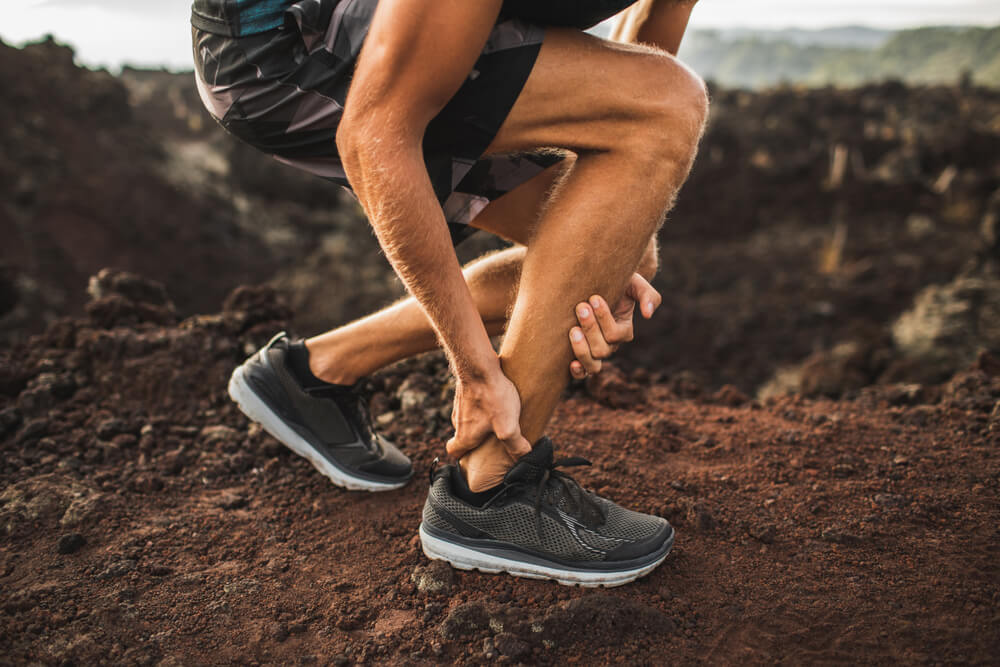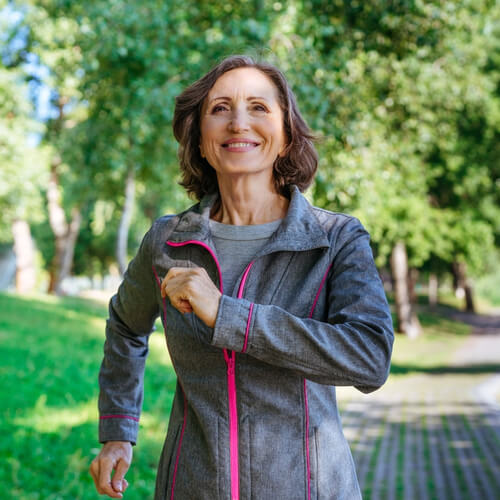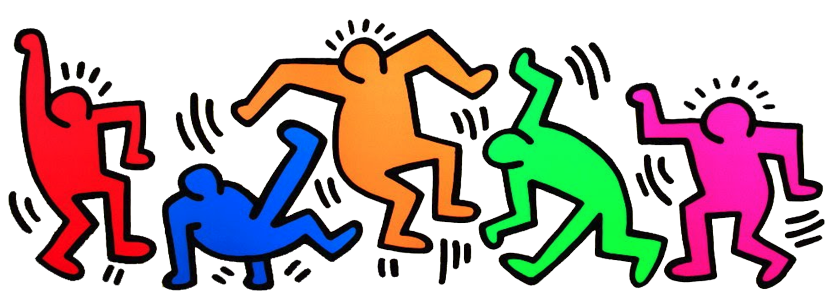OVERVIEW
The Achilles Tendon is the largest and one of the strongest tendons in the human body. It connects the calf muscles to the heel bone and is responsible for lifting the heel during walking, running and playing sports. In fact, it is active with most movements of the ankle, foot and toes. Achilles Tendon tears are common in the weekend warrior when patients are too busy to exercise during the week and tend to overstrain on weekends.
CAUSE
Ruptures occur when there is a sudden increase in stress applied to the tendon. This could be from unexpected hyperextension of the foot like stepping off a curb unexpectedly or forceful jumping as in volleyball. These are just some examples. There are risk factors associated with Achilles Tendon ruptures:
- Men between 30-40 are 5x more likely to tear their Achilles Tendon.
- Steroid Injections around the tendon or back of the ankle.
- Fluoroquinolone antibiotics such a ciprofloxacin or levofloxacin increase the risk of Achilles Tendon rupture.
- Excess weight places more strain on the tendon
SYMPTOMS
Nearly every client I encounter with an Achilles Tendon rupture says it feels like someone kicked them in the calf, only to find no one behind them. There is also a popping or snapping sound that can be felt or heard during the injury, and it will difficult to walk and stand on the toes. Swelling and bruising usually set in a day or two after the injury. Achilles Tendon tears are not always painful.
TREATMENT
As with all injuries, Dr. Michael Collins provides tailored treatment plans. Not all Achilles Tendon tears need to be treated surgically. Treatment depends on the type of rupture (complete vs. incomplete), your activity level, age, and goals. A less active client may do well with walking boot and crutches, while runners, athletes, and more active people do well with surgery. Non surgical treatment may increase the chance of re-rupture and recovery takes longer. It should be noted recent studies show favorable outcomes in those treated non-surgically when initiating a physical therapy program early.






